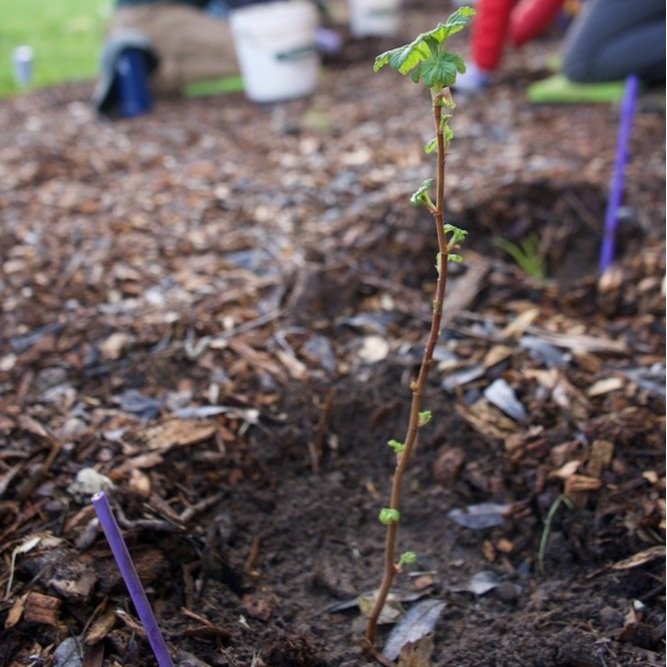Our Plants are Finding their Forever Homes
Winter is an exciting time at our Native Plant Nursery and restoration sites as we send off thousands of our young plants to more solid ground. It is the optimal time of year to transplant out to our habitat restoration sites for a few reasons:
Native plants can take advantage of the winter rains to establish their root systems so they can put on new growth in the spring before taking on the summer heat with little to no water.
The rain also softens the soil, making it easier for us to dig, and for plants to establish their roots.
Plants that go dormant in the winter experience less shock when moved from their controlled environment at the nursery to their new homes in nature.
We take great care to ensure the best rate of success for our plants once they leave the nursery. Threats like Sudden Oak Death and other Phytophthora species can decimate Bay Area native plant populations. Our strict nursery protocols and Best Management Practices—which include soil pasteurization and testing for pathogens—ensure clean nursery stock in an effort to limit the spread of pathogens even further.
Each year, our staff, interns, and volunteers install thousands of plants together at our restoration sites. Though planting in natural habitats can be a tricky at times and subject to varying conditions from site to site, here are some simple steps we follow (and you can too!) to ensure our plants settle comfortably into their new homes.
How to Plant Native Plants:
1. Lay out your plants so you know where each one will go
2. Move aside any mulch to expose the soil and dig a hole twice as deep and wide as the container your plant came in
3. Remove the plant from its container and place it in the ground. Backfill with the soil you removed and add more soil if needed.
4. Make sure the plant’s soil level is even with the ground around it and all its roots are fully covered
5. Create a small depression around the plant to slowly infiltrate water, rather than run off. Especially on a slope!
6. Water in your new plant—the slower, the better. 5 gallons per shrub/tree and half that for smaller plants.
Join us for a volunteer day to experience the joys of planting season for yourself!
By Deanna Giuliano, Nursery Director/Botanical Consultant










